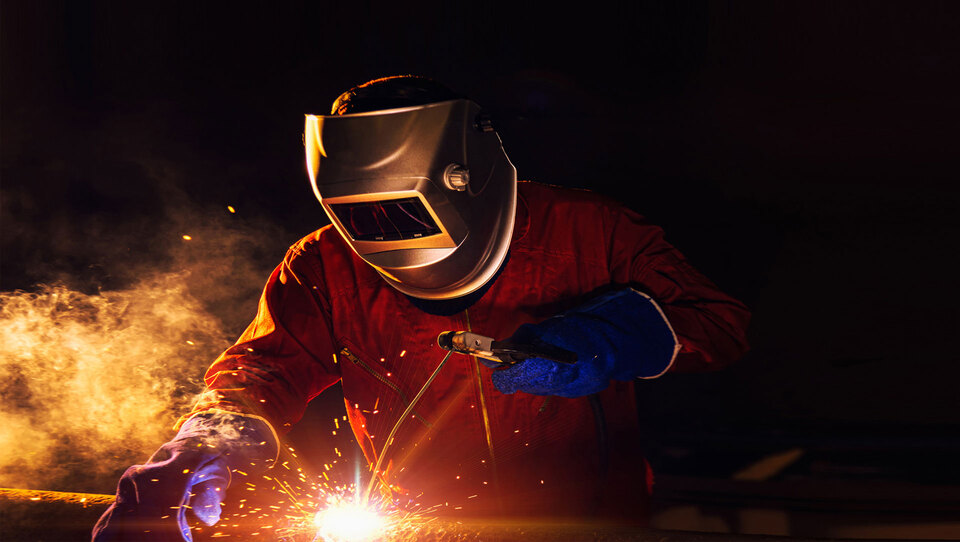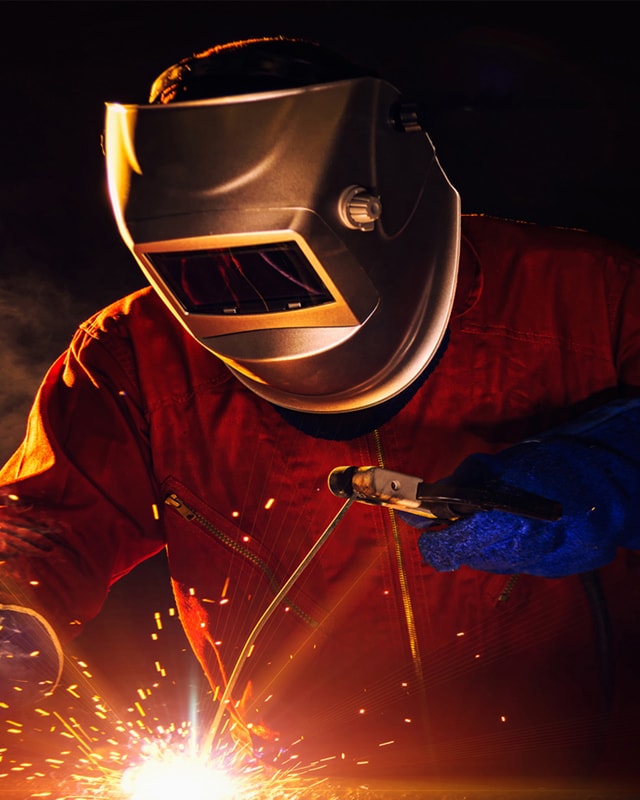

Igniting young minds! ESL Steel Limited hosted a vibrant Inter-School Science Exhibition at SMJ +2 High School, Bijulia Centre under Project Prerna. With 14 teams and over 200 attendees, we're nurturing creativity and practical learning in our community.
ESL Steel Limited's CSR team, in collaboration with the Red Cross Society and Citizens Foundation, organized a Blood Donation Camp under its employee volunteering initiative,
Over 300 incredible female employees joined us in celebrating Women's Day at ESL Steel Limited. At ESL we believe in celebrating our people and hence we had a delightful cake-cutting session, where we had the honour of connecting with our inspiring female business partners.
We're thrilled to announce the commencement of a month-long celebration dedicated to safety at ESL Steel Limited, as we kick off with a grand opening ceremony marking the 53rd National Safety Week.
On 5th March 2024, ESL Skill School hosted a comprehensive 5S awareness training session for our CSR project coordinators and NGO partners. Led by our adept entire BE team,
Building a legacy of strength with V-Xega TMT rebars, because your structures deserve the best.
Our CSR Team organised Employee Volunteering Week, under its V for Society initiative, which was a massive success! From self-defence training to financial literacy sessions, our employees made a meaningful impact in our community. Together, we're creating positive change!
Happy National Science Day! Let's honour the wonders of discovery, celebrate innovation and embrace the spirit of scientific curiosity together.
V-Ducpipe, where innovation meets durability, ensuring water flows seamlessly across diverse landscapes. Trust the strength, trust V-Ducpipe.
Unlock unmatched durability and reliability with V-Wirro wire rods. Elevate your projects with confidence.
ESL Digital Team celebrated 'TechUtsav' during Digital Month 2.0. The event was inaugurated by Mr. Amitesh Sinha (Vice President & Head Corporate Venture Capital and Spark at Vedanta Limited) in the presence of Mr. Ashish Gupta (CEO & WTD, ESL), Mr. Anand Dubey (CFO, ESL), Ms. Neelima Sharma (CDO, ESL) and other leaders, attracting over 200 participants.
ESL Steel Limited proudly announces the successful conclusion of 'Tarang,' an empowering initiative dedicated to fostering women leaders within the industry. Through Tarang, we've not only identified potential but also sculpted individuals into visionary leaders, driving positive change and innovation. Join us in celebrating the journey of empowerment and transformation.
ESL Steel Limited hosted a Sit and Draw Art Competition at Babugram Village Football Ground to support children's all-around development and unearth their artistic abilities.
Vedanta ESL Archery Academy hosted the Annual Vedanta Challenge Trophy, with 92 archers from 5 top academies in Bokaro and Dhanbad.
Patna's Ganga Riverfront, a majestic canvas of resilience crafted with V-Xega TMT rebars. Witness the city's transformation along the river's edge.
Kudos to our talented employees for receiving the Chairman Award for Exemplary Contribution! Your remarkable achievements and dedication to excellence are truly commendable.
We are thrilled to announce that 30 exceptional individuals from our team have achieved success by securing coveted placements at Premier Energies, Hyderabad. In recognition of their remarkable achievement, our CSR team organized a felicitation ceremony.
Happy Plus Consulting, in partnership with ET HR World, hosted the Happiness and Wellbeing award, wherein ESL Steel Limited grabbed the top category award - India's Happy Place to Thrive 2023 - for fostering joy, health, and positivity in our workplace.
5 years of partnership, transformation, and success! Join us as we celebrate the incredible journey of Vedanta and ESL coming together to steer towards a shared vision.
Embark on a transformative journey with our COO Mr. Ravish Sharma as he shares his profound insights on ESL products and how we aim to contribute to our PM's vision of a self-reliant India.
Discover an expedition of leadership inspiration, guided by the remarkable insights of our CEO, Mr. Ashish Gupta. Let his wisdom ignite your ambitions and propel you toward the pursuit of greatness.
We extend our warmest greetings to all the 33 freshers who joined us in the month of July 2023 as Management trainees, Officers Trainees,
A Giant Leap for India's Space Endeavour! Chandrayaan-3 has landed on the Lunar surface, turning dreams into reality. ESL Steel Limited congratulates the whole team of this mission at ISRO for this remarkable achievement.
Spreading joy and crafting bonds with our Nand Ghar kids through a fun-filled session, where our employees engaged with the children and handcrafted Rakhis, symbolizing the beautiful bond of affection.
With over 50 exciting challenges shared, prestigious colleges including NIT Jamshedpur, NIR Durgapur, BIT Sindri, XISS Ranchi, and GGESTC participated enthusiastically.
Celebrating Excellence at the 16th CII International Competitiveness & Cluster Summit 2023 in Delhi.
Congratulations to Mr. Kamandla Anil Kumar & Mr. Sudhakar Kumar Singh for their well-deserved Chairman Awards for the first quarter of FY'24.
Noney Bridge is an engineering marvel standing tall with the power of V-Xega TMT rebars. Redefining travel, as it shrinks the Assam-Manipur journey from 10 long hours to a mere 2.5 hours.
Unleash the true potential of your vehicles with V-Wirro and experience driving at its finest, where performance meets precision, and every journey becomes unforgettable.
Choose V-Wirro for unwavering durability and regeneration, elevating your construction projects to new heights of sustainability.
V-Xega is the foundation of power and resilience. Let your constructions stand tall with the strength they deserve.
Join us as we explore the incredible journey of Mrs. Suman Devi and the profound impact of Project Jivika.
Come join us as we delve into the remarkable story of Mrs. Jyostna Devi and the profound influence of Project Jivika.


